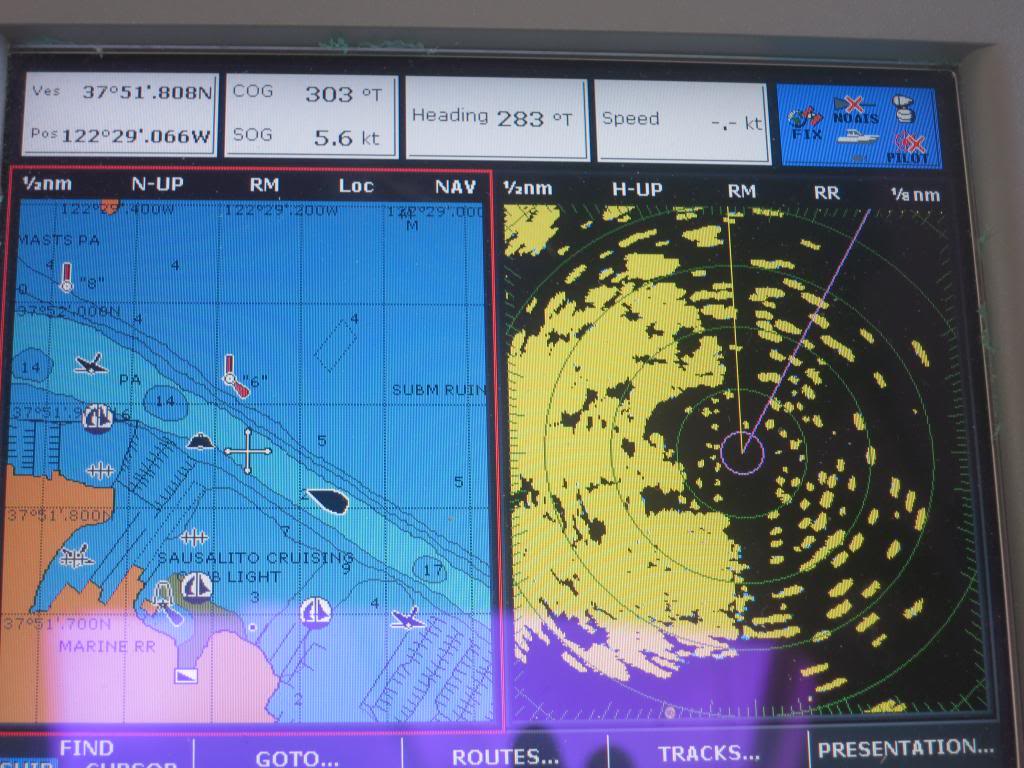MYTraveler
Guru
Honestly I'm new to radar my self, but storm cells will usually show up as a big blob like in the picture. At least that's what I've ran into so far. Are general range on the radar is 3-6 NM.
Those storms are showing up in red (the strongest return) on your radar at 6 mile range. I suspect you could easily pick them up at much greater distances, at least 24 nm, maybe further.
We were traveling south down the Sea of Cortez during a storm from the north. The following seas didn't bother me as much as the lightning in front of us. Between tracking the storm cells on radar (to confirm that it was moving south faster than we were), XM weather lightning strike reports (surprisingly little delay between our seeing a strike and it showing on the XM system) confirming that the strikes were moving south with the storm cells, and faster than we were moving, and confirming that all of the strikes were more than 15 nm distant, we were comfortable continuing south.




